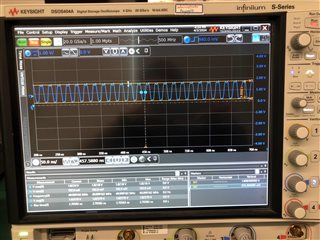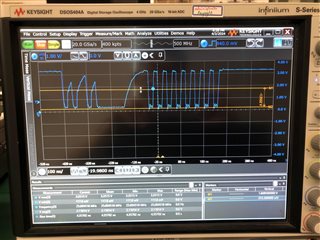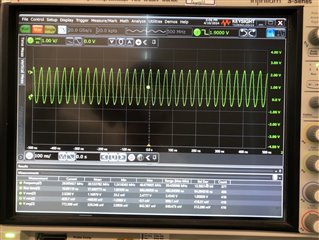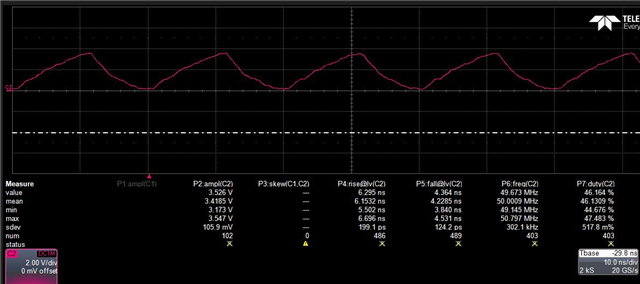Other Parts Discussed in Thread: TXB0106
hi ,
LSF0108 is used for 1.2V and 3.3V level signal conversion for QSPI signal two-way communication. The target rate is 50MHz, but when the rate is increased to 50MHz, there will be inconsistent problems between the data written and the data read. At present, the measured maximum rate can only support the data and read data are consistent when the rate is 33.33MHz. Please also see what causes the inconsistency between the written data and read data when the rate is increased to 50MHz.
1. In the actual measurement, we have compared the pull-up resistance value in Table 9-3 of the data sheet, and learned that the speed of the pull-up resistance is too large to reach 50MHz, so we confirmed the pull-up resistance as 330Ω. When the pull-up resistance is adjusted slightly, such as 220Ω, there will also be inconsistencies between the written data and the read data when the speed is increased to 50MHz, which is verified by our actual measurement.
2. The measured link capacity load is below 30pF (about 20pF). According to the description in the data sheet, it should be able to reach 100-MHz, but now it has not reached 50MHz.
Please also help to analyze what causes this. If you also have customers who have encountered similar situations, how to solve them? The board using LSF0108 has been returned to the board, and the packaging is inconsistent, so it is not possible to directly replace other devices such as TXB0801 for verification.
Looking forward to your reply soon, thank you!
At 50MHz, there is an inconsistency between the data written and the data read, as shown in the following figure:










